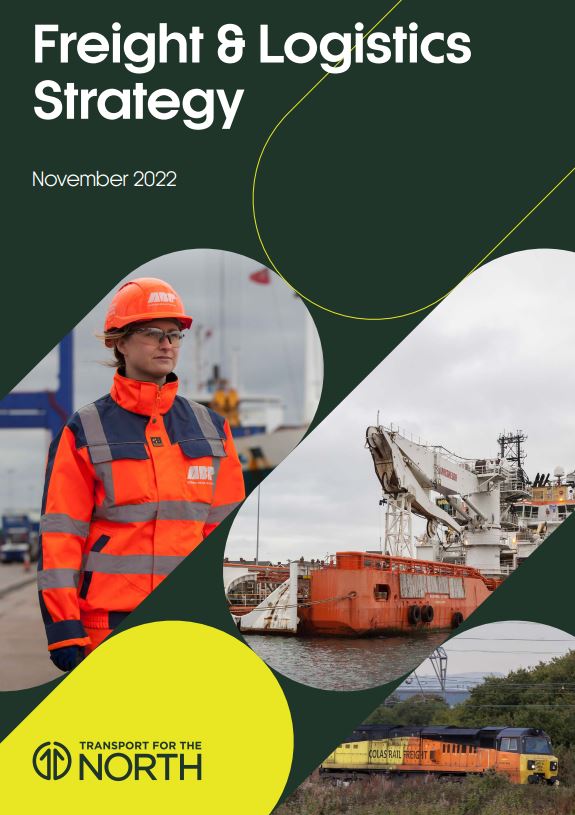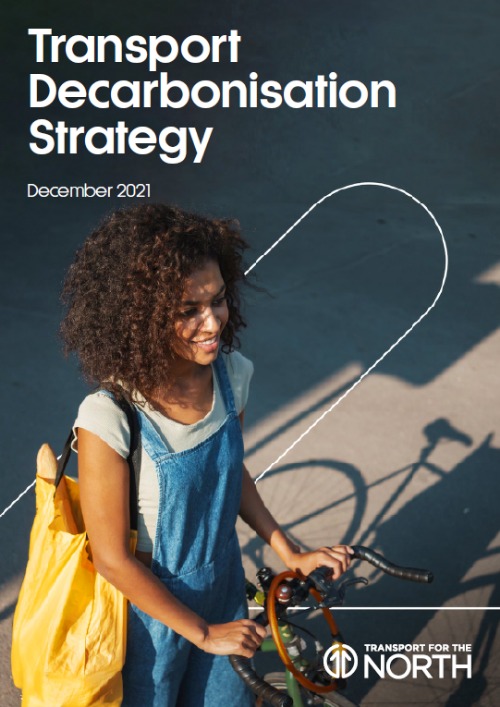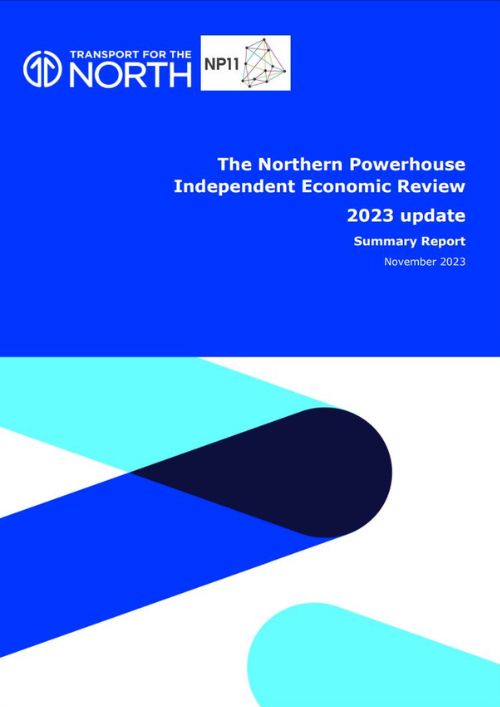The freight and logistics sector is an important facilitator of economic growth in the North. Efficient supply chains drive the competitiveness of business and our regional prosperity. The efficient movement of goods can reduce emissions, contributing to the decarbonisation goals and fostering a cleaner environment. For residents, this means better access to goods and services, improved air quality and overall quality of life.

Click on the links below to download

Our Transport Decarbonisation Strategy is the culmination of efforts from TfN and our partners across the North to create the tools, capability and evidence that will help sha

This report summarises the work from the Northern Powerhouse Independent Economic Review (NPIER) update programme, that concluded with the publication of the economic scenario
CLOSE POPUP [X]